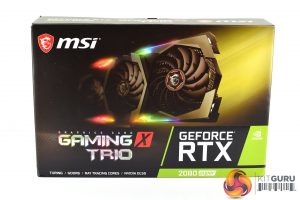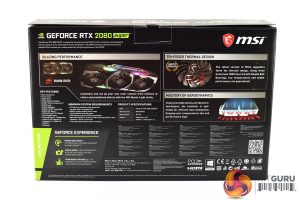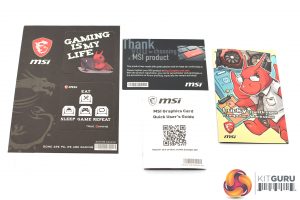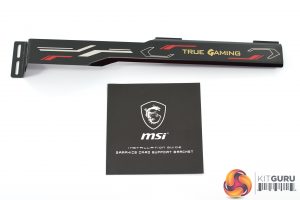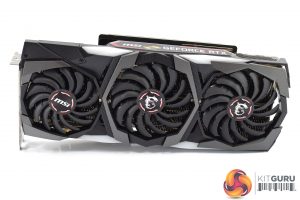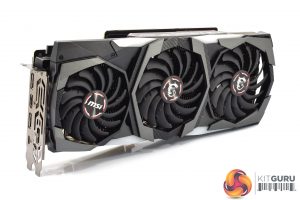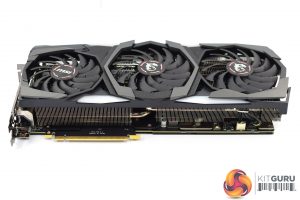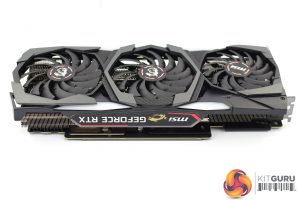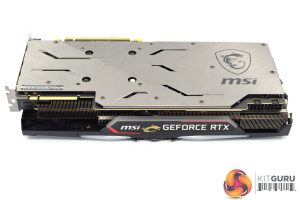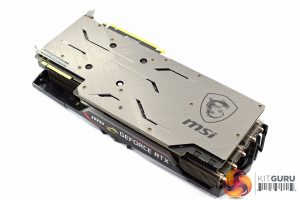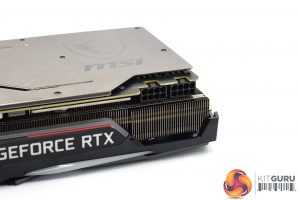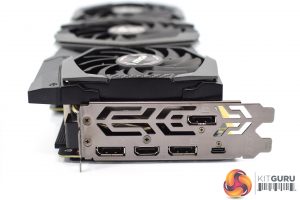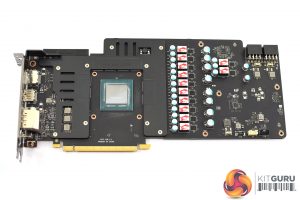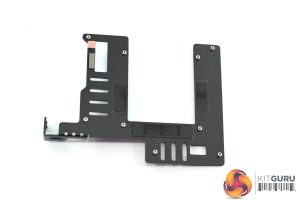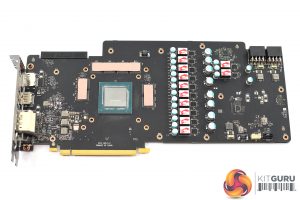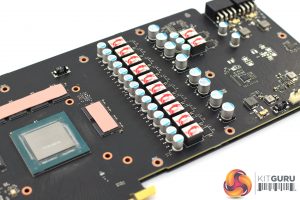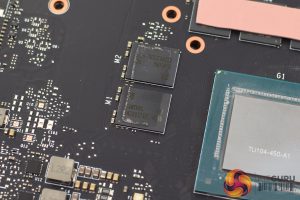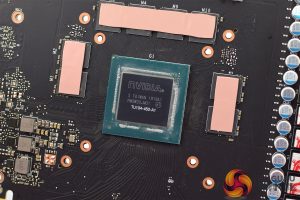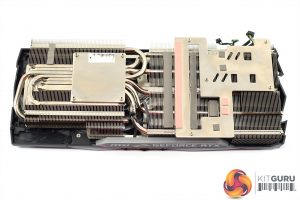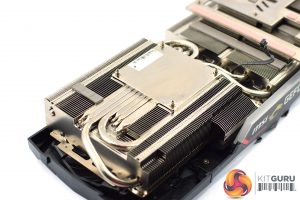The MSI RTX 2080 SUPER Gaming X Trio ships in an identical box to the 2070 SUPER Gaming X Trio we reviewed a couple of weeks ago, with the only difference being the ‘2080 SUPER' logo instead of ‘2070 SUPER'.
On the back of the box, MSI highlights a few key features of the card including the heatsink, Torx fans and RGB lighting.
Inside, the accessory bundle is plentiful. We find 2x disposable coasters, 1x quick start guide, 1x Lucky the Dragon cartoon, and 1x ‘thank you' note from MSI.
More practical is the included GPU support bracket, which we've seen included with a few of MSI's other models. This will screw into your case, underneath the graphics card, and give it that bit of extra support to prevent any unwanted sagging.
Moving on to look at the card itself, it's probably not a surprise to hear it is exactly the same design as the 2070 SUPER Gaming X Trio – which, in turn, was the same as the original 2080 Gaming X Trio. This isn't a complaint – it of course makes perfect sense for MSI to re-use its existing design – but it is just something to point out, so if you're already familiar with this cooler, there's nothing new here.
For those of you who aren't familiar with this design, the card uses a gun-metal grey and black plastic shroud, with a total of three fans. These are MSI's Torx 3.0 design, and you will notice the fan closest to the I/O bracket is smaller, at 90mm across, while the other two fans measure 100mm.
It is also a monster of a card in terms of its size, as it measures 328 x 140 x 56.5mm. Now you can see why MSI thought it was a good idea to include that support bracket!
On the front side of the card we find the MSI and ‘GeForce RTX' logos, but most eye-catching is the silver backplate. This is brushed metal, but as the metal is actually brushed in two different directions, it creates a visually appealing two-tone effect depending how the light hits the card. It's one of my favourite aspects of the design as a whole.
We can also see that MSI has increased the power connectors, with the Gaming X Trio requiring 2x 8-pin connectors.
Display outputs are the same as reference, however, with 3x DisplayPort, 1x HDMI and 1x USB-C.
Taking the card apart, the first thing to note about the PCB is the metal frame which is screwed onto the left-hand portion of the board. This acts as a mini heatsink for the VRAM chips (it has thermal pads to contact with them) while it also provides some extra rigidity for the card. It screws into both the backplate and the I/O bracket.
With that removed, we get a better look at the PCB. Again, it's the same design as the 2070 SUPER model, this time with a beefed up 10+2 phase power delivery – the 2070 SUPER had an 8+2 phase configuration, and you could see two clear spots on the PCB where two phases had been removed. Those spots are now occupied for the 2080 SUPER.
We also get a look at the new 15.5Gbps memory. The modules on this card are from Samsung, labelled ‘K4Z80325BC-HC16'. Interestingly, the product page for these chips indicates they can run at 16Gbps, despite Nvidia rating the memory at 15.5Gbps. We asked Nvidia about this and were told it is due to the PCB design of the original 2080, with 15.5Gbps proving the maximum stable speed for the card. Getting the full 16Gbps would have required a re-design of the PCB, greatly increasing total cost.
Alongside the memory, we also get a look at the GPU die, labelled ‘TU104-450'.
The heatsink is also the same as the 2070 SUPER, meaning it uses two separate aluminium fin stacks that are connected by 7 nickel-plated heatpipes. Of these, 6 measure 6mm in diameter and the last one measures 8mm in diameter. There's a separate coldplate for the GPU die, and another for the VRM as well with all the necessary thermal pads.
Be sure to check out our sponsors store EKWB here
 KitGuru KitGuru.net – Tech News | Hardware News | Hardware Reviews | IOS | Mobile | Gaming | Graphics Cards
KitGuru KitGuru.net – Tech News | Hardware News | Hardware Reviews | IOS | Mobile | Gaming | Graphics Cards


